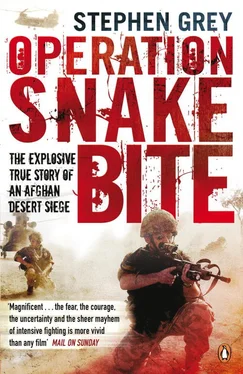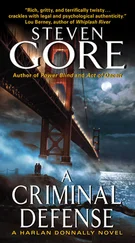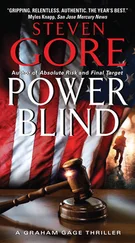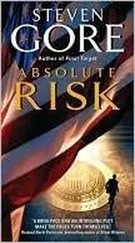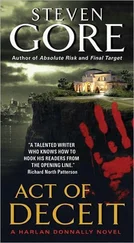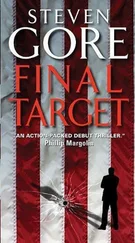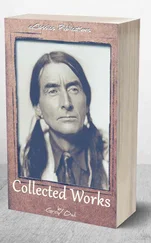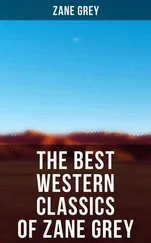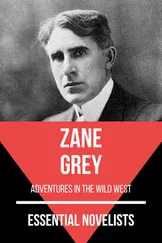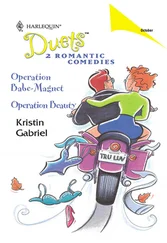The Taliban had struck first at 06.15, initially hitting not the Gurkhas but a patrol of the Afghan army and their British mentors that was moving to block a canal bridge. Their first volley caught half of the men in the middle of a field, barely 200 yards short of their objective. In command of the soldiers was Captain Duncan Turner, who was attached to the 2 Yorks mentoring team. He was caught in the open up front along with about five Afghan soldiers and two other Britons, Trooper Mark ‘Scouse’ Higgins and Private Luke Ibbotson.
‘Captain Turner was bang out in the middle. Next thing the sky just lit up with tracer and bloody bangs going off right left and centre,’ recalled Ibbotson.
Turner dived for cover while Ibbotson and Higgins dashed back and leaped into a ditch on the edge of the field. They looked back at Turner, who wasn’t moving.
‘Scouse, Captain Turner is down.’
An RPG streaked between them and hit the earth behind. The blast knocked over two more British soldiers – Corporal Craig Johnson (no relation to ‘Jonno’) and Lance-Corporal Joel Harvey. They were to the rear of the ditch. Behind them was Sergeant Jimmy Lynas. With the captain pinned down, he had to take charge.
For a few minutes, Lynas thought he was dealing with multiple casualties. With the deafening gunfire, he could hear nothing of the shouts of the men upfront, nor could he get them by radio. The two men knocked flat by the RPG picked themselves up, but only when he sent Johnson forward to relay messages did he get to hear from the men in the ditch.
Turner had got up unhurt. He started dragging what the men remembered as cowering ANA soldiers back towards the ditch. One abandoned his rifle. ‘How the hell is Captain Turner not getting shot?’ thought Ibbotson.
As Turner jumped down beside them, they were beginning to realize the ditch was a trap. It was filled with chest-high water. And the bank behind them was too steep and high to climb out of, particularly with their heavy rucksacks on. The only way out was forward – back into the killing zone. RPGs were now striking the trees that lined the banks above them, showering the water with wooden shrapnel.
Behind them, Lynas was trying to rally the ANA and push them out to cover the sides. A difficult situation would become deadly if the Taliban began to outflank them. They always tried that. ‘They’re beginning to peel round,’ someone shouted.
‘Captain Turner said there was no way out of the field,’ remembered Ibbotson, ‘and with the [radio] coms gone, I was shitting myself… because I thought they would come round on us and just shoot us like ducks. This whole thing was the most frightening thing I’ve ever done.
‘We’ve got to get fast air in here,’ he told Turner.
To be fair to the ANA, who mostly seemed to be frozen in fear, they were not even infantry soldiers. The kandak in Sangin had been scratched together from artillery, engineers, mechanics and even storemen and cooks. Half of them were just hiding behind walls. Lynas was shouting: ‘Get out here. Get out here.’ Most ignored him.
But if some weren’t brave, others had a crazed courage. One NCO was standing in the open wildly spraying his PKM machine gun, with a cigarette in his mouth and no helmet nor body armour. Corporal Johnson yelled, ‘Get down, mad fucker!’ The Afghan just laughed at them and shouted in English, ‘Taliban no good! Taliban no good!’
Turner led the escape from the ditch, clawing his way up and then helping drag the others out and back into the fire-raked field. ‘This is suicidal,’ Lynas was thinking as he watched them. They moved along, trying to reach a small bridge over the ditch that led back to the rear. They alternately kneeled to fire and then crawled onwards. Ibbotson had had enough. He made a run for it over the bridge. ‘Well, fuck these bastards!’ he thought. He got to a wall and thought, ‘I’m safe now,’ as he gasped for breath. But he wasn’t. The enemy had peeled round too and were shooting straight at them.
Sangin, in the green zone
Nearly all this time the Gurkhas had been in their own battle. After leaving the Sangin district centre base in the early hours and padding south along the Helmand River, they had swung left just before first light. The plan was to form a line between the river and a canal that bisected the green zone. They would then sweep back towards Sangin centre. With the bridges over the canal kept blocked by the Afghan army, the Taliban might be encircled – and be kept out of Sangin town.
They were attacked at 07.05 when they were still getting into position. And they were engaged from the east, the south and the north. Even before the sun was in the sky, the Gurkhas were close to being enveloped. So much for surprising the Taliban.
The Gurkha platoon closest to the river was engaging at close quarters. In the early moments, both Taliban and Gurkha fighters raced across open ground to try to occupy the same building. The Gurkhas got there first, and the Taliban pulled back. They were engaging the Gurkhas from buildings only 50 yards away.
Then one rifleman, Bhim Gurung, spotted that the Taliban were on the move again – trying to creep up the edge of the river and complete the encirclement of the company. If they made it, that would have blocked the only clear exit route. Charging forward – and shouting ‘follow me’ – Bhim crossed 75 yards of open ground to find a small wall from where he could cover the riverbank. For a few moments he was alone, single-handedly trying to halt the advance. Two machine-gunners soon joined him behind the wall. They killed two Taliban. Rifleman Subash Gurung proudly punched the air in delight – just as a gunman opened fire from an unseen position.
‘ Goli lagyo !’ yelled Subash, meaning, ‘Bullet struck!’ The other two thought he was joking, but then they saw blood seeping from his arm. Bhim tore off Subash’s shirt and put on a bandage. Then he threw him on his shoulder and charged back across open ground to the compound where they had come from.
The company sergeant-major, Shuresh, ran over with a medic to assist. When he first saw Subash, it did not look too serious. Subash was joking: ‘I may be a casualty but I killed three or four Taliban.’ But it became clear his condition was quite serious. It was also clear that, for now, an evacuation was impossible.
Pitchfork, the company commander, was finding it hard to communicate with his troops. A Company was sharing a frantic radio network with everyone in Sangin. To speak to his platoons and sergeant-major, he had to compete for a turn with the 2 Yorks mentoring teams also in combat. A British Apache had turned up. But with no forward air controller to help him, Pitchfork talked to his company on one radio while talking to the helicopter on another.
Around 9.10, half an hour after Subash was shot, Pitchfork heard again on the radio: ‘Man down, man down!’
The casualty this time was Rifleman Jeevan Shrees, who was shot as he kneeled down to fire. He was the radio operator for Second Lieutenant Lou Connolly, who was leading the platoon that was furthest from the river. The bullet spun Jeevan out into the open and on to his back. Again, the Gurkhas thought he was just acting, making fun. The adrenalin had put many in a comical mood. But he really was hurt. Connolly ran out and dragged him back into cover.
The bullet had gone in just below his knee and then shattered his thigh bone. Jeevan was stoic. He hardly said a word. They gave him morphine and put on a splint. He also would need to be got out urgently – and he was not going to be walking.
Sergeant Bahadur Budha, Connolly’s platoon sergeant, took six men, and they set off across the fields, carrying Jeevan in a lightweight poncho. They had a 600-yard run ahead – towards where the company sergeant-major was trying to set up a potential helicopter landing site. ‘The ground was totally open,’ recalled Bahadur. There was a gap of at least 100 yards between every ditch or piece of cover. ‘There was no way to avoid the open ground.’ As they ran the fire seemed to intensify.
Читать дальше
